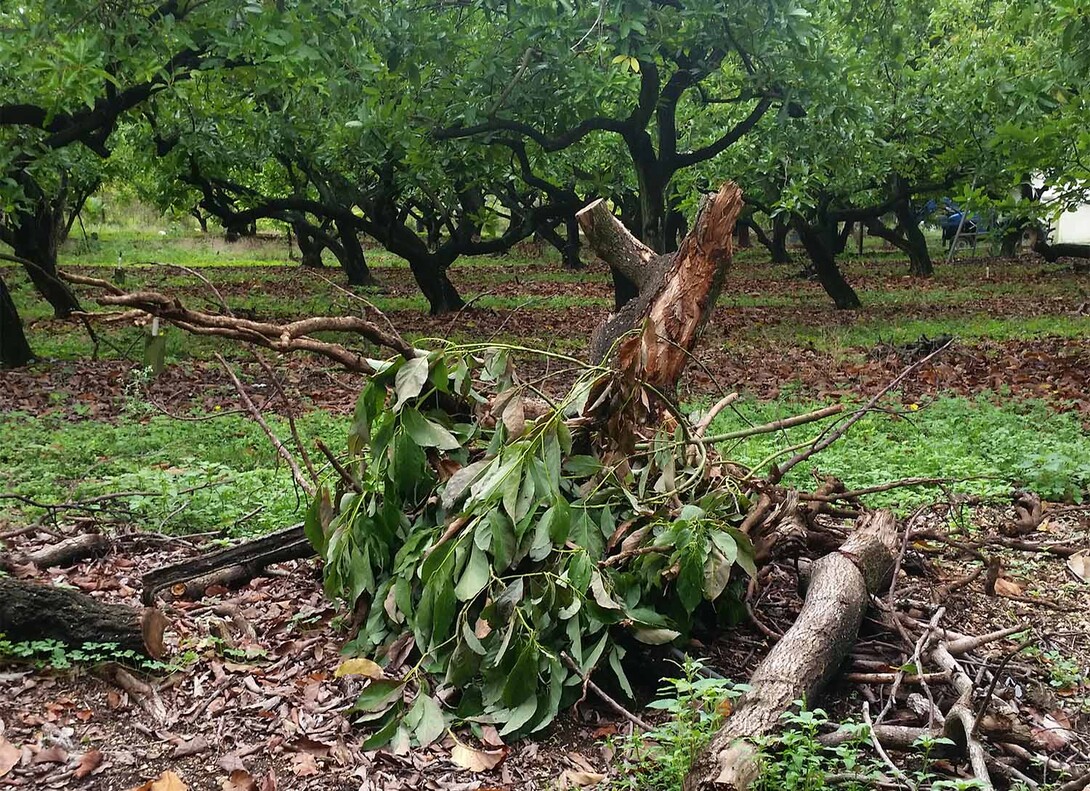
While helping Florida fight to save its avocado industry from being devastated by a fungus, chemical engineers at the University of Nebraska-Lincoln have modified traditional testing methods that could expand uses of DNA testing.
In March 2015, Florida International University researchers asked UNL’s Hendrik Viljoen, professor and department chair of chemical and biomolecular engineering, for help in expediting the diagnosis of laurel wilt disease, which has been killing avocado trees in the southeastern United States for almost 15 years.
“They have not yet found a silver-bullet solution to this problem,” Viljoen said. “I’ve seen groves that look like a scene from a war movie – skeletal trees all over. It’s not a pretty sight.
Traditionally, DNA analysis has been used for humans and sometimes animals, but rarely with plants, Viljoen said. The DNA analysis of the avocado trees is particularly challenging because wood shavings or root samples must first be grinded in a buffer solution to release the DNA molecules.
“What we have done with our grinder has pushed the process forward exponentially and could lead to more widespread applications,” he said.
Since it entered the port of Savannah, Georgia, in 2002, the tiny redbay ambrosia beetle has spread and killed nearly 500 million trees. Many of those are in Miami-Dade County, which produces 98 percent of the annual $35 million Florida avocado harvest.
The female beetle carries a pouch filled with a fungus – Raffaelea lauricola – that spreads as she bores into a tree. When the eggs she lays inside the tree hatch, the larvae feed on the fungi, which elicits an immune reaction in the tree. That reaction blocks the xylem channels that carry water from the roots to the leaves.
Though the beetles rarely move from tree to tree, the fungus can spread from a single tree to adjacent trees through the roots, which often intertwine below ground. Within four to six weeks of infestation, Viljoen said, the trees die, and in a matter of months an entire grove can be wiped out.
Infected trees are treated with a fungicide that Florida Department of Agriculture officials have estimated accounts for nearly 20 percent of growers’ operational costs. Replacing the trees can be especially costly since avocado trees take up to six years to begin producing fruit.
Growers are using specially trained dogs to sniff out the fungus, but confirming the infestation can take days.
In hopes of speeding up the process, FIU professor Dee Mills turned to Viljoen, who has extensive experience with polymerase chain reaction technology. Mills sent VIljoen samples of wood shavings and roots.
In turn, Viljoen asked student researcher Heather Newell, a senior chemical engineering major from Lincoln, if she could think of a way to quickly extract the DNA from these hard samples. In pondering ways to do so, Newell gained inspiration from a field she grew up in – automotive repair.
“I have another part-time job where I work on cars,” Newell said. “I’ve been fixing cars with my dad, my brother and now my fiancé. It helps my problem-solving skills because I can identify a problem and trace it back to a source or figure out what to do with it and how to fix it.”
Newell was inspired by a tap-and-die set, which is used to create threading for nuts and bolts.
“When I started looking at options for extracting the DNA, I knew this would be a good method to grind things,” Newell said. “It was difficult to make, but it’s a simple little end of a bolt that is threaded and has little cuts and grooves in it to position the roots and shavings in the solution and grind them up better.
“I figured if this could work on steel and other metals, then a tree root shouldn’t be a problem.”
Newell enlisted Leonard Akert, prototype design specialist and lab manager in chemical engineering, to help with machining the grinding device, which is used like a drill bit.
The samples are ground up in a solution, then mixed with tiny metallic beads coated with chitosan, a polymer that binds to DNA. A tiny stirring rod – a drill bit about one millimeter in diameter – is inserted and used to stir the solution. A magnet is then attached to the rod, causing the beads to cling to the rod and allowing them to be transported to another tube where the magnet is removed and the beads detach. Then, the fungus DNA can be replicated for analysis.
In May, Viljoen and Newell went to Florida to test out the process in avocado groves and found that detecting the fungus could be achieved in less than 30 minutes.
“Going into the groves and testing with the dogs was helpful,” Newell said. “We set up our equipment right there, and a lot of the trees the dogs had already indicated were positive, tested positive.”
Now the UNL team is working on developing a sleeker instrument that Newell said could help stem the spread of the beetle to California and Mexico, which lead the United States and the world, respectively, in avocado production. Viljoen has applied for a patent on the magnetized stirring-rod method and for funding to promote further research that could lead to broader use.
“The opportunities are huge, not only for humans, but in detecting crop diseases, animal diseases, toxic organisms in our lakes, weeds that have become resistant to herbicides or dangerous bacteria that grow in cooling water systems,” Viljoen said. “The possibilities are vast.”
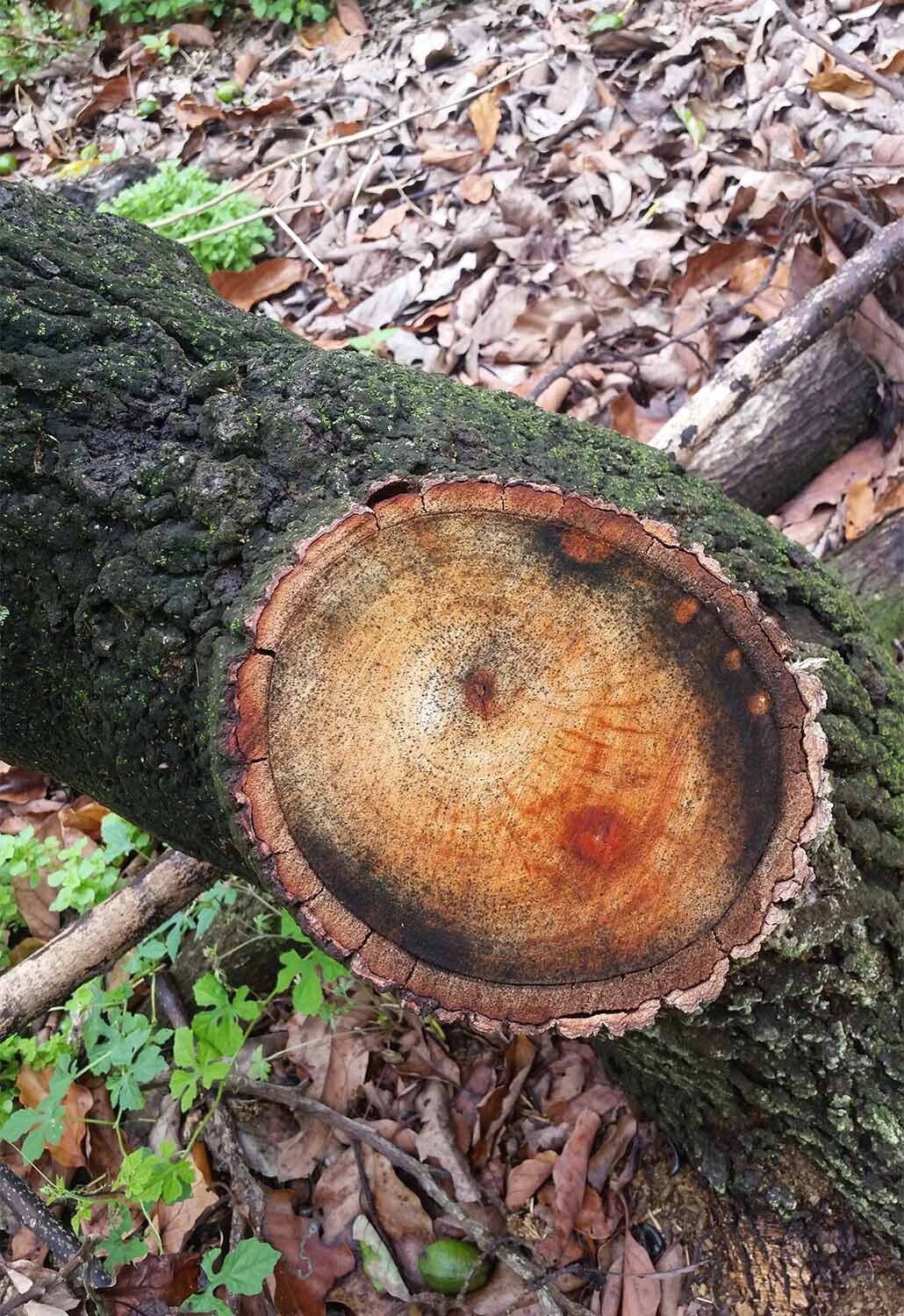
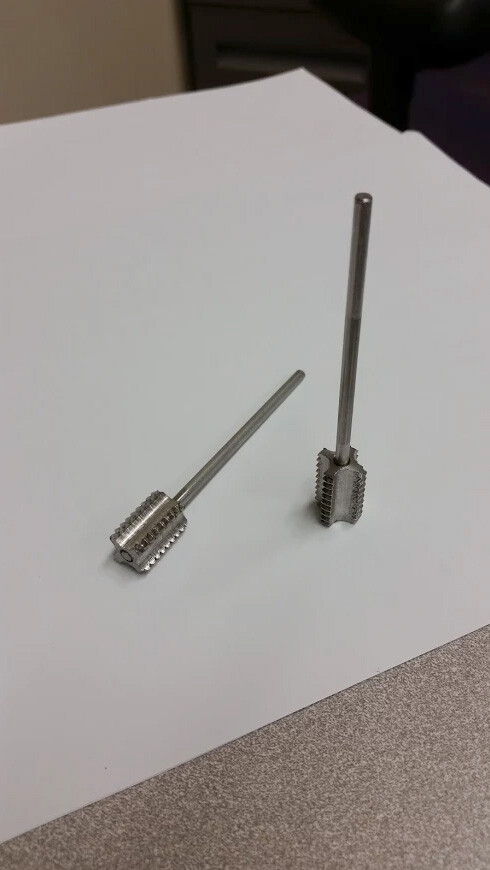


Share
News Release Contact(s)
Related Links
Tags
High Resolution Photos

HIGH RESOLUTION PHOTOS
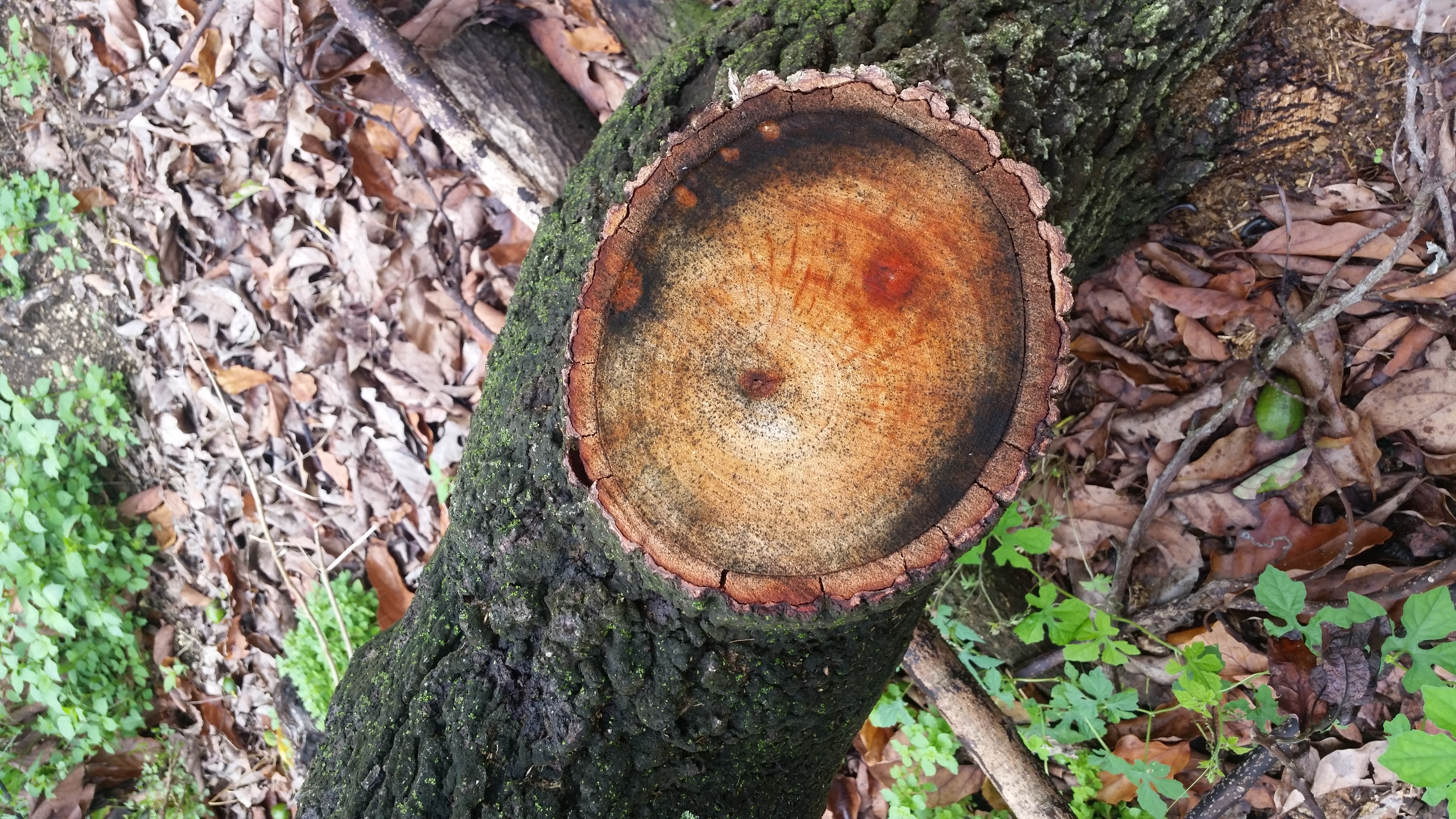
HIGH RESOLUTION PHOTOS
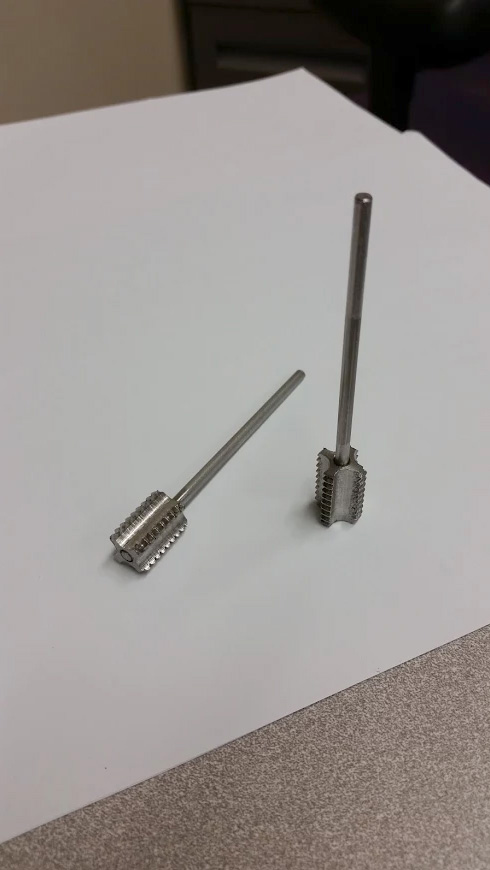
HIGH RESOLUTION PHOTOS

HIGH RESOLUTION PHOTOS








